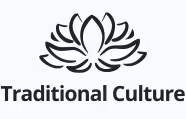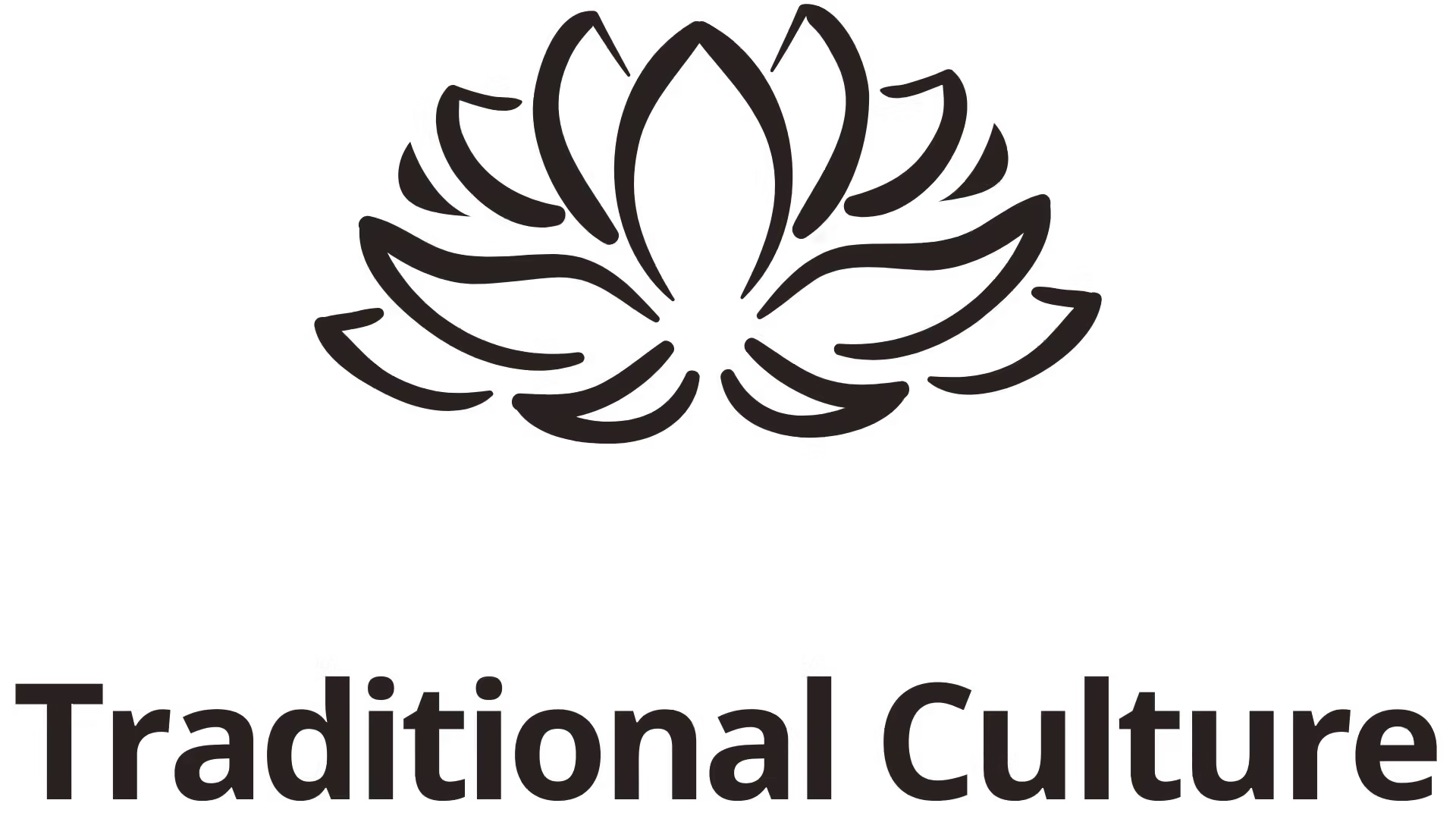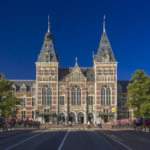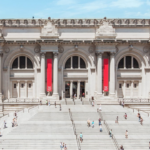The Hermitage Museum is a monumental treasure trove of art and history, located in the heart of Saint Petersburg, Russia. Founded by Empress Catherine II in 1764, it has grown into one of the largest and most renowned museums globally, boasting an immense collection that surpasses three million artifacts. This dazzling assemblage not only represents a kaleidoscope of artistic expression across time but also serves as a mirror reflecting the evolution of human civilization itself. Wandering through its galleries feels akin to traversing a living encyclopedia of world heritage, where every room unfolds a chapter from our collective narrative.
As we delve deeper into the rich tapestry of the Hermitage, we uncover not just its awe-inspiring collections but also its role as a vibrant educational center, its ongoing challenges amidst the digital revolution, and its commitment to forging a connection between past and present. The following sections will explore these facets in detail, revealing why the Hermitage remains not merely a museum but a vital institution for cultural preservation and community engagement.
A Treasure Trove of Art and History
The Hermitage Museum’s reputation as a custodian of human creativity is well-deserved. Its extensive repository spans over five millennia of artistic endeavors, presenting a panorama of European art intertwined with Eastern influences.
An Artistic Odyssey Through Time
The museum’s vast collection offers visitors a unique opportunity to embark on an artistic journey through distinct epochs and styles. From classical antiquity to the modern era, the Hermitage showcases masterpieces the societal, political, and emotional currents of their respective periods.
Moreover, the museum’s curatorial decisions serve to contextualize these works within a broader cultural framework. By juxtaposing various artworks, the Hermitage illuminates the dialogues that exist between different cultures, allowing visitors to appreciate the interconnectedness of artistic movements. This deliberate curation fosters a more profound understanding of art as a universal language that transcends boundaries and epochs.
Cultural Crossroads: East Meets West
One of the most compelling aspects of the Hermitage Museum is its rich representation of the confluence between Eastern and Western art traditions. The collection embodies a dialogue that has unfolded over centuries, showcasing how diverse influences have shaped artistic expression.
The inclusion of Asian art, alongside European masterpieces, invites contemplation about the ways in which cultures interact and inspire one another. For example, the intricate designs of Persian carpets or the delicate elegance of Chinese porcelain reveal aesthetic values that profoundly differ from those of European counterparts yet share a common pursuit of beauty.
This fusion of traditions is particularly relevant in today’s globalized world, where cultural exchange continues to redefine the artistic landscape. The Hermitage serves as a reminder that art is not confined to geographical limits but thrives on collaboration and mutual inspiration, echoing the ethos of a shared humanity.
The Stories Behind the Art
Every work of art at the Hermitage encompasses a multitude of stories—stories of the artists who created them, the patrons who commissioned them, and the cultures they reflect. Visitors are encouraged to engage with these stories actively, exploring the lives of renowned artists and the historical contexts that shaped their creations. This narrative depth adds layers of meaning to each piece, transforming a mere visual encounter into an immersive experience.
Art is often a commentary on society, and the Hermitage highlights the political, social, and philosophical underpinnings of the artworks on display. As viewers connect with the emotions captured on canvas, they are prompted to reflect on their circumstances—creating a symbiotic relationship between the observer and the observed.
The Hermitage’s Role in Education and Community Engagement

While the Hermitage Museum is primarily recognized for its astonishing collection, it also plays a crucial role in education and community outreach. The institution recognizes that art has the power to inspire and educate people of all ages and backgrounds.
Lifelong Learning
At the core of the Hermitage’s mission is a commitment to lifelong learning. The museum offers a variety of educational programs tailored to different age groups, including workshops, lectures, and guided tours that encourage hands-on interaction with art.
These initiatives aim to foster an appreciation for art among children and adults alike, cultivating a sense of curiosity and critical thinking. For instance, interactive workshops designed for children allow young learners to express their creativity while simultaneously developing an understanding of artistic techniques and concepts. These experiences can ignite a passion for the arts that lasts a lifetime, empowering future generations to engage thoughtfully with cultural heritage.
In addition, the museum provides resources for educators, enabling them to incorporate art into their curricula. By equipping teachers with tools to integrate the arts into various subjects, the Hermitage amplifies its impact beyond its physical walls, reaching communities far and wide.
Bridging Cultures Through Artistic Expression
The Hermitage takes its role as a cultural bridge seriously, facilitating conversations that transcend linguistic and geographical barriers. Through international collaborations and exhibitions, the museum promotes cross-cultural exchanges that highlight the shared values found within diverse artistic traditions.
Engaging local communities in dialogue about the significance of art fosters a deeper understanding of cultural identity and heritage. Programs that invite participation from various demographic groups create opportunities for individuals to connect with one another, celebrating the richness of their differences while discovering common ground.
Art-based initiatives aimed at marginalized communities further exemplify the Hermitage’s dedication to fostering inclusivity. By prioritizing accessibility and representation, the museum ensures that everyone has the chance to engage with art and culture, reinforcing the belief that art belongs to all.
Navigating the Digital Era
As the world becomes increasingly interconnected through technology, the Hermitage embraces innovative approaches to education and outreach. The advent of virtual reality and online platforms has opened new avenues for engaging with art in ways previously unimaginable.
Virtual tours of the museum allow individuals from around the globe to experience its breathtaking collections without traveling to Russia. This democratization of access empowers people who may not have the means or opportunity to visit in person, ensuring that the Hermitage’s treasures reach a wider audience.
Additionally, online educational resources and interactive art projects provide a platform for creative expression and learning, catering to the needs of contemporary learners. By harnessing the potential of technology, the Hermitage remains relevant in a rapidly changing world, proving that art can still inspire even from afar.
Challenges and Opportunities in the Digital Age
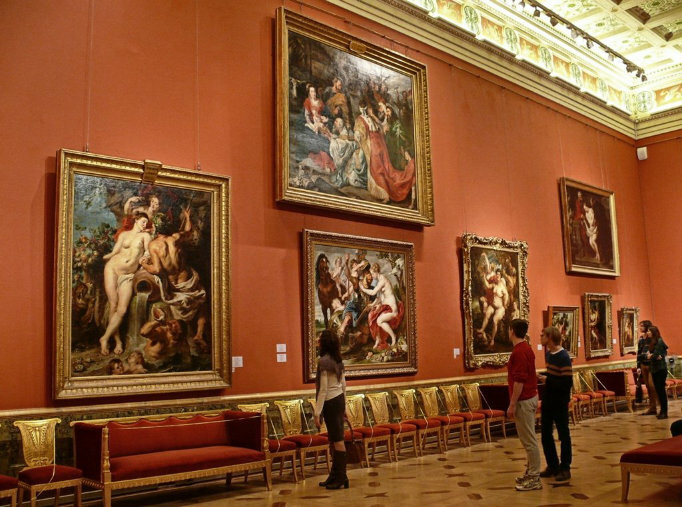
While the Hermitage Museum celebrates its accomplishments, it also faces significant challenges in the digital age. As the cultural landscape shifts, so too must the strategies employed by institutions dedicated to preserving and promoting the arts.
The Digital Divide
Despite the advantages of digital accessibility, the “digital divide” presents a considerable challenge for many organizations, including the Hermitage. While technological advancements have made art more accessible to some, there exists a segment of the population that lacks the necessary resources or skills to engage with online content.
Recognizing this disparity, the museum strives to create hybrid experiences that blend physical and digital engagement. Programs designed to introduce underserved communities to technology, coupled with in-person visits to the museum, can help bridge the gap and foster a deeper appreciation for art across socio-economic divides.
Moreover, partnerships with local schools and community centers can facilitate access to digital resources, creating pathways for individuals to engage with the arts meaningfully. By prioritizing inclusivity, the Hermitage stands to inspire a diverse array of voices and perspectives in the artistic discourse.
Preserving Cultural Heritage in a Globalized World
The rapid pace of globalization has not only brought art closer to people but has also introduced complexities regarding the preservation of cultural heritage. In an age where art can be reproduced and disseminated with remarkable ease, the Hermitage faces the challenge of maintaining the authenticity and integrity of its collection.
As custodians of priceless artifacts, museum staff are continually tasked with making decisions regarding conservation, exhibition practices, and ethical considerations surrounding provenance. Navigating these intricacies requires a balance between innovation and respect for tradition, an endeavor that demands thoughtful deliberation and collaboration with stakeholders.
The Hermitage’s dedication to responsible stewardship ensures that its mission extends beyond exhibition; it encompasses advocacy for cultural preservation and the protection of heritage sites worldwide. By raising awareness about the importance of safeguarding artistic legacies, the museum contributes to a global conversation about the value of cultural diversity.
Fostering Collaboration Amidst Competition
In the digital age, museums and cultural institutions compete for attention in an ever-crowded landscape. The proliferation of online content and entertainment options poses a challenge for traditional institutions like the Hermitage, necessitating innovative approaches to capture the public’s interest.
Rather than viewing other institutions as rivals, the Hermitage embraces collaboration as a means of enriching the cultural ecosystem. By partnering with other museums, artists, and educational organizations, the Hermitage can create dynamic programming that engages audiences in fresh ways.
Joint exhibitions that highlight complementary collections, collaborative projects that promote cross-disciplinary dialogue, and shared resources can amplify the impact of each institution involved. Ultimately, collaboration fosters a sense of community among cultural entities, allowing them to collectively navigate the challenges of the contemporary landscape.
Conclusion

The Hermitage Museum stands as a beacon of artistic excellence, cultural preservation, and community engagement. Its rich tapestry of art and history, spanning thousands of years, invites exploration and introspection, revealing the interconnectedness of human experiences across borders and eras.
As the museum navigates the complexities of the digital age, it remains steadfast in its commitment to education and inclusive access to the arts. Through innovative programming, community outreach, and collaborations, the Hermitage continues to evolve, ensuring that the transformative power of art reaches new audiences around the world.
In a rapidly changing cultural landscape, the Hermitage Museum embodies the belief that art is not merely a reflection of the past but a vital force that shapes our present and inspires our future. By forging connections between individuals, cultures, and generations, the Hermitage enriches our understanding of what it means to be human, reminding us that, despite our differences, we are united by our shared quest for beauty, knowledge, and belonging.
✉️ Stay Connected — Subscribe for Weekly Updates
Discover timeless stories, practical wisdom, and beautiful culture — delivered straight to your inbox.
*We only share valuable insights — no spam, ever.

